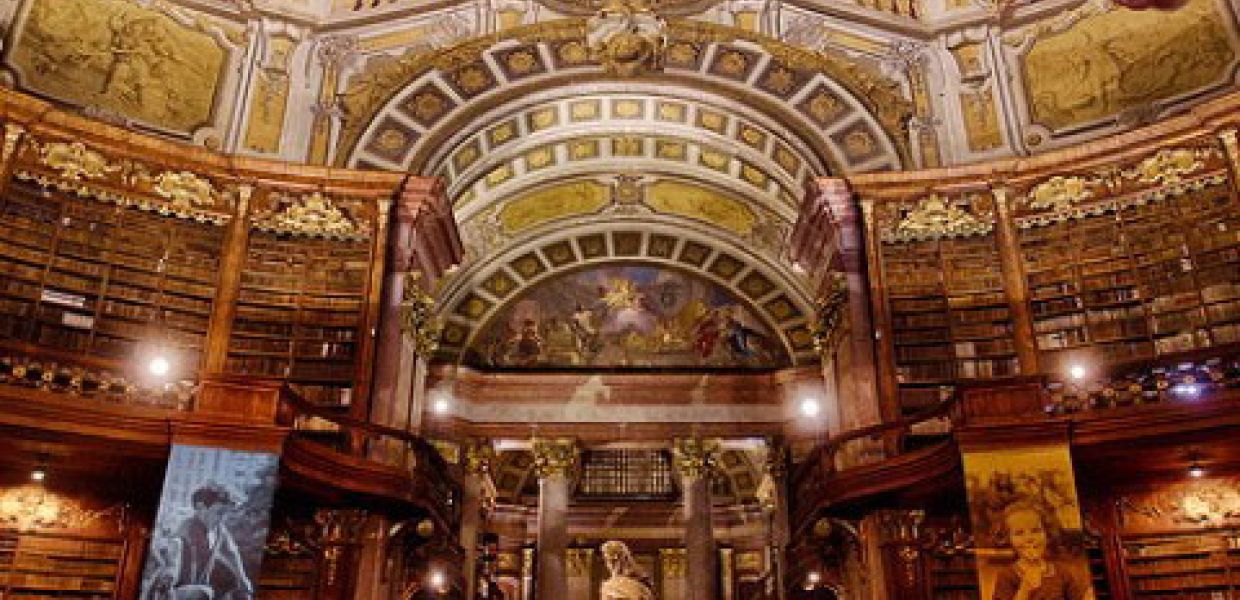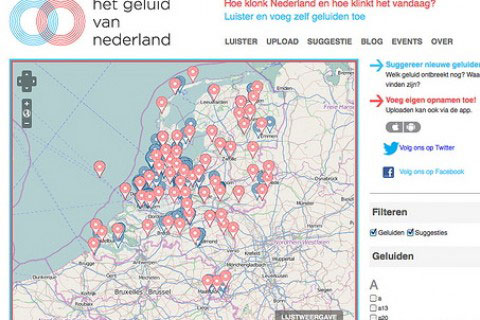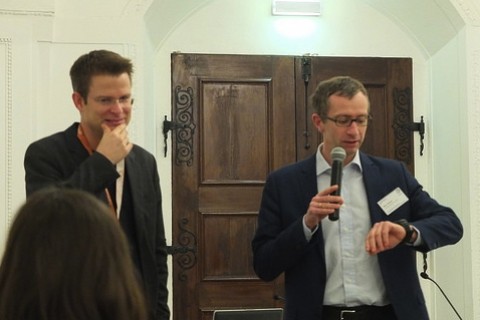Inspired Discussion Europeana Creative in Vienna


Photo by Tim Bocek via Flickr CC-BY-NC-SA 2.0
This past week Netherlands Institute for Sound and Vision's Research and Development team members Johan Oomen, Lizzy Komen and Gregory Markus ventured to the Austrian National Library in Vienna to attend the Europeana Creative all partner meeting.
Europeana Creative’s goal is to support and promote the re-use of cultural resources available via Europeana through the development of 5 different pilot applications (history education, natural history, tourism, social networks, and design). These applications showcase how creative industries and cultural institutions can combine forces to design tools and apps that users can use not only to view cultural heritage objects but also become more actively engaged. Sound and Vision's Lizzy Komen is the lead coordinator for all of these pilots and is also directly in charge of designing the social networks pilot.
Social Networks Pilot
The social networks pilot will make use of a varied array of audio content. These sound assets are supplied by Sound and Vision and The British Library (BL) who both have experience with crowdsourcing projects such as the Sound of the Netherlands and UK Soundmap. Pilot partner We Are What We Do, known for their social media platform Historypin (HP), will develop the user interface. Additionally, Ontotext will enrich the sounds with geo-locations and dates, which will allow exploration on a map.

Sound of the Netherlands uses geotagged sounds and allowers users to sonically explore the Netherlands.
The pilot will create an interactive application and engage communities to enrich these sounds with freely reusable images, information, and metadata from Europeana, Historypin and other sources on the web. This application will, as it grows, grant end users the ability to listen to the audio of a woodpecker, view various images of the bird, read scientific and historical texts about the bird, contribute more information all in one place. However, birds are but one simple example. Other themes will relate to things like city soundscapes where users can sonically explore a city via History Pin’s map interface while also viewing relevant images, reading stories, and seeing videos that correspond to the area that the sound was originally recorded. The prototype version of the pilot will be delivered in spring 2014, while the final version will be ready by January 2015.
Creating the Future
The meeting granted the Sound and Vision team the opportunity to coordinate with over 50 members of consortium to ensure that everyone was on the same page and had the opportunity to express their ideas and opinions about the direction of the project. There was no shortage of things to say. The brainstorming sessions were heated and intense. In the end this allowed the best ideas to surface after having received input from some of Europe’s leading cultural, creative and technological institutions.

Things were run on a tight schedule by Project Leader Max Kaiser. Image: Katharina Holas CC-BY 2.0
What will become of these ideas in the coming months? Well some pilots are still being designed and developed others are being prepped for the challenge section. The challenge section will invite web developers, entrepreneurs or creative wizards to use the developed pilots as inspiration and encourage them to develop their own applications using cultural heritage resources. The first challenge will be held in Brussels in April.
More info
To stay up to date on the activities of Europeana Creative, follow the project on twitter @eCreativeEU.
